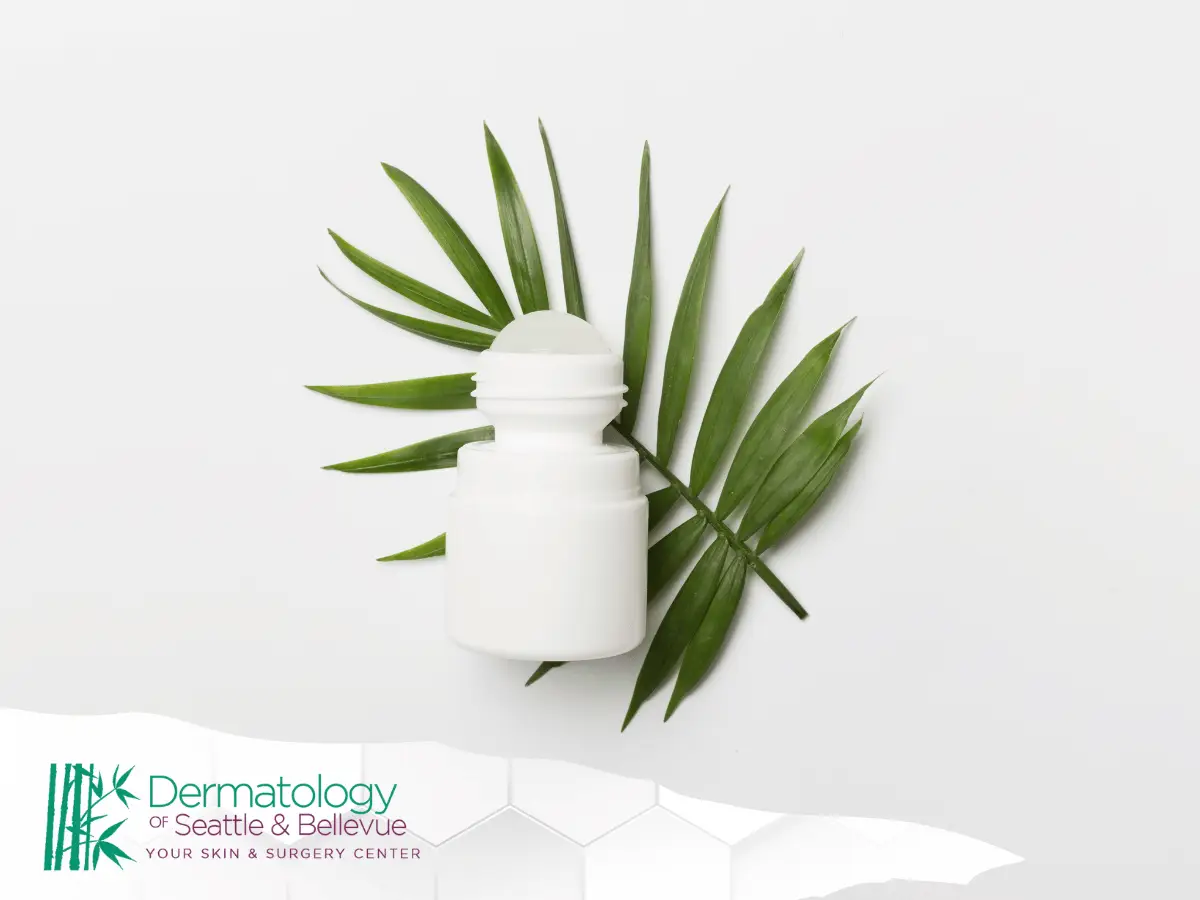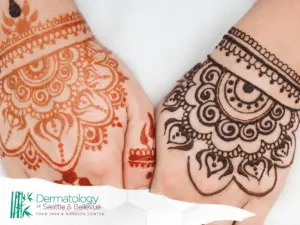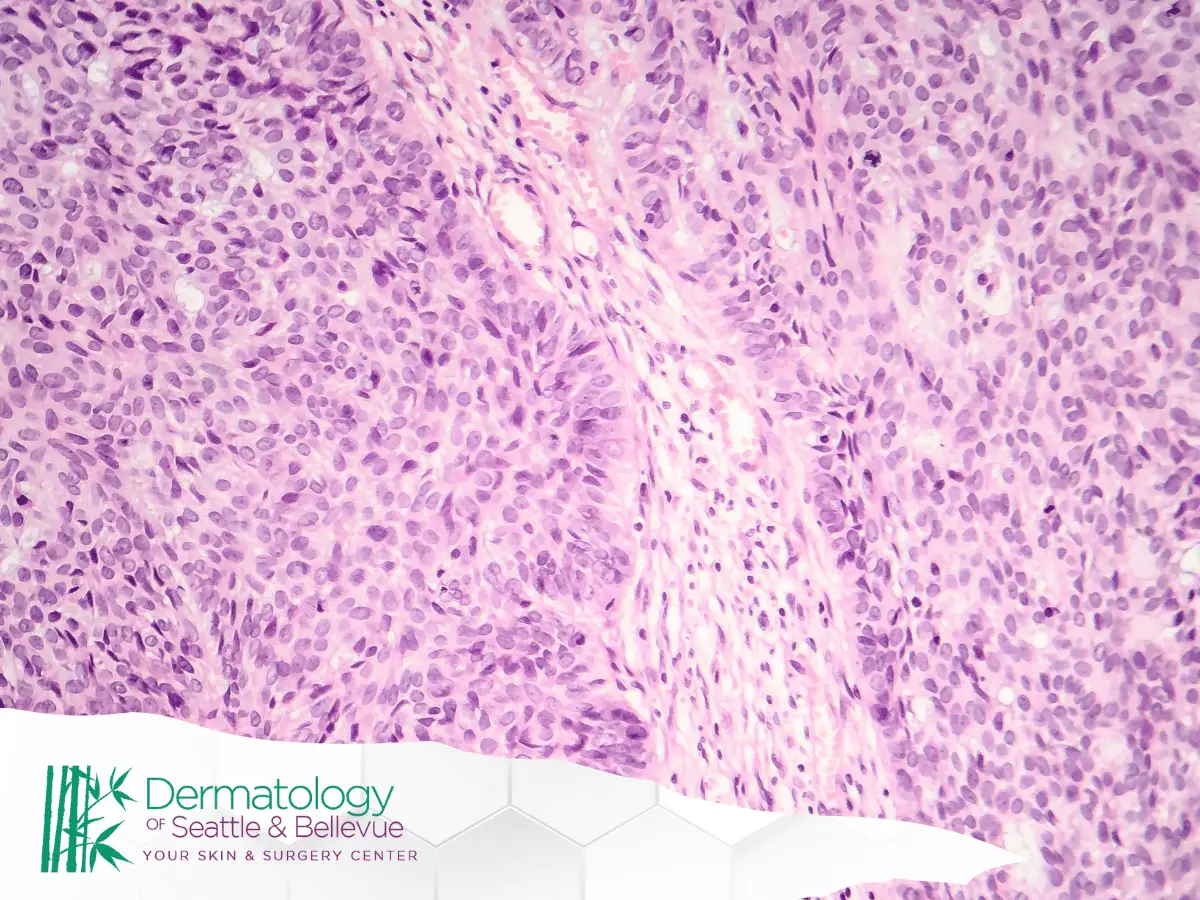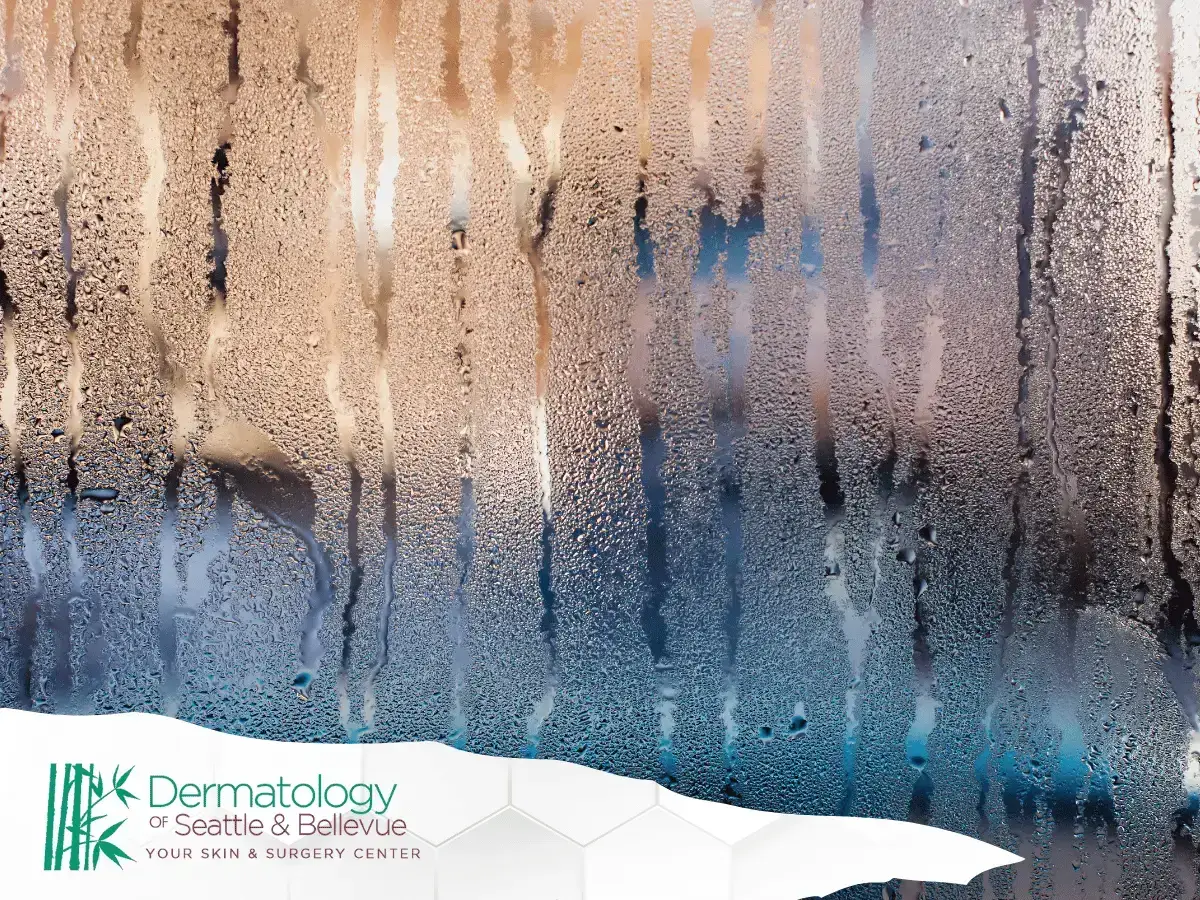Managing Hyperhidrosis From Topicals to miraDry
Hyperhidrosis, or excessive sweating, is a common medical condition that can affect daily life, confidence, and comfort. The good news is that several effective treatment options exist—from clinical-strength topicals to advanced procedures like Botox injections for sweating, iontophoresis therapy, and miraDry. Most people can significantly reduce symptoms with a personalized treatment plan created with a board-certified dermatologist. At Dermatology of Seattle, our team evaluates the type of hyperhidrosis (focal or generalized), severity, and medical history to determine the most appropriate approach. Whether you’re considering topical solutions, exploring long-term options, or researching the cost of miraDry, understanding your choices is the key to better control.
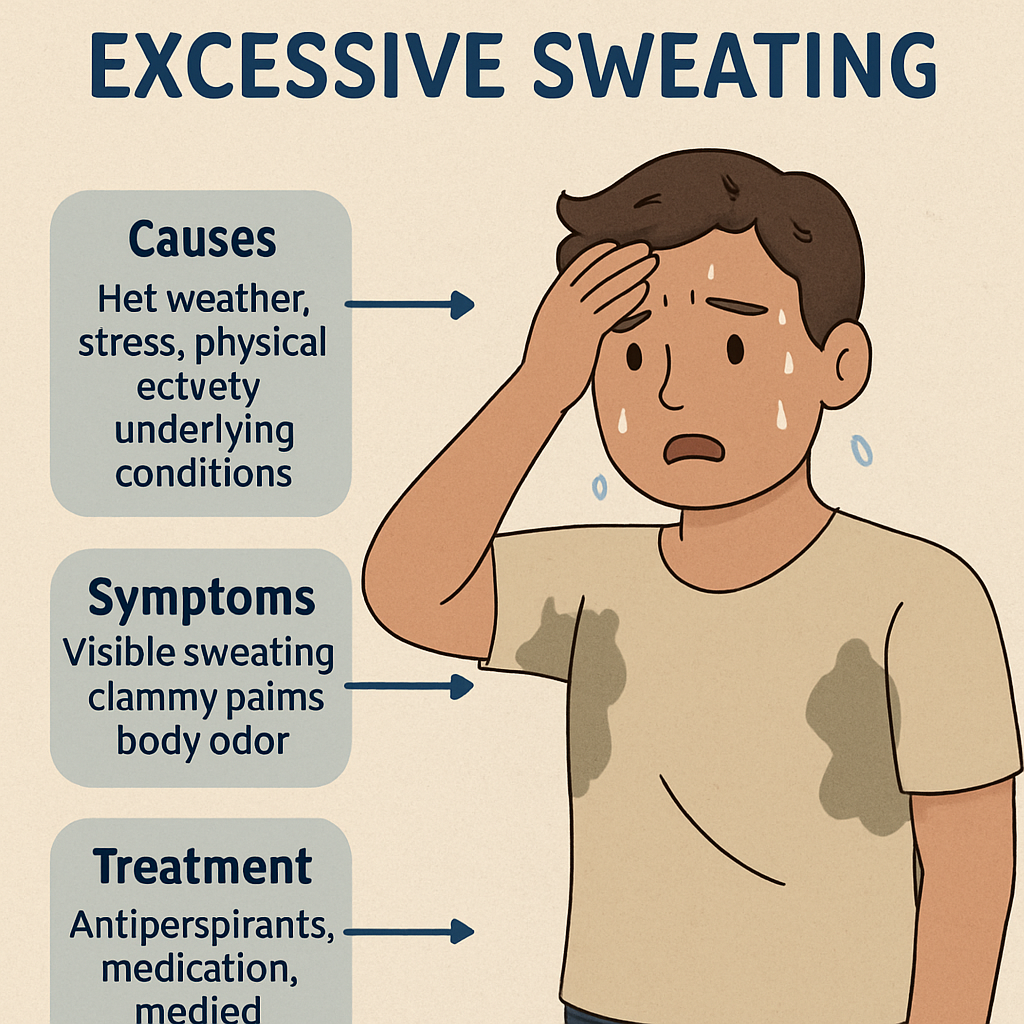 Topical Treatments
Topical Treatments
Topical therapies are usually the first step for managing excessive sweating. Prescription and clinical-strength antiperspirants help block sweat glands and reduce moisture, especially in the underarms. These options are accessible, effective for many patients, and often recommended before exploring more advanced treatments.
Clinical-Strength Antiperspirants
Clinical-strength antiperspirants contain higher concentrations of aluminum chloride, which helps temporarily block the sweat ducts. These products are often recommended for underarm sweating but can also be used on hands and feet under medical guidance. Some people may experience irritation, so applying them to dry skin and following professional instructions is important. If irritation persists, a dermatologist can recommend gentler alternatives.
Prescription Medications
When over-the-counter products are insufficient, dermatologists may prescribe stronger antiperspirants. These formulas are usually applied at night to improve absorption and provide better control of excessive sweating. Prescription options are particularly helpful for patients who want a non-invasive treatment before exploring procedures like iontophoresis therapy or Botox.
Advanced Treatment Options
If topical therapies don’t provide enough relief, several advanced treatments can significantly reduce sweat production. Options include Botox injections for sweating, iontophoresis therapy for the hands and feet, and miraDry for long-term underarm sweat reduction. Your dermatologist can help determine which option best fits your needs.
Botox Injections
Botox injections work by temporarily blocking the nerve signals that activate sweat glands. They are FDA-approved for treating underarm hyperhidrosis and often provide several months of relief. Many patients appreciate the quick results, although maintenance treatments are required. This option is ideal for those seeking predictable improvement without surgery.
 Iontophoresis Therapy
Iontophoresis Therapy
Iontophoresis therapy uses a mild electrical current delivered through water to reduce sweating on the hands and feet. It is especially helpful for palmar (hand) and plantar (foot) hyperhidrosis. Many patients use at-home devices recommended by their dermatologist, allowing them to maintain regular treatments as part of their personalized plan. This therapy is one of the most effective non-invasive options for focal hyperhidrosis.
miraDry Procedure
miraDry uses controlled microwave energy to permanently eliminate sweat glands in the underarms. Because sweat glands do not regenerate, most patients experience long-lasting results. While the cost of miraDry is typically an out-of-pocket expense, many people view it as a worthwhile investment due to its permanence. A consultation with a dermatology specialist can determine whether miraDry is a suitable option.
Personalized Treatment Plans
Hyperhidrosis varies from person to person, which is why personalized treatment plans are key. Dermatologists consider the severity of symptoms, affected areas, lifestyle, and treatment goals to build a plan that may combine multiple therapies.
Consulting with Healthcare Professionals
A dermatologist can evaluate the type of hyperhidrosis you have and recommend treatments tailored to your needs. They can also determine whether you may qualify for hyperhidrosis clinical trials, which often provide access to emerging therapies. This professional guidance helps ensure the safest and most effective care.
Exploring Antiperspirant Alternatives
Some patients prefer or benefit from complementary options, including absorbent fabrics, underarm pads, and certain natural approaches. While these alternatives cannot replace medical treatments, they may add extra protection and comfort as part of a broader management plan.

Cost Considerations
Costs vary widely depending on the treatment. Topical therapies and Botox injections may be covered by insurance, while procedures like miraDry typically are not. Understanding both the medical and financial aspects can help you choose the most practical approach.
Treatment expenses depend on your insurance coverage, treatment frequency, and whether a therapy is considered cosmetic or medically necessary. Some patients choose a combination of covered medical treatments and optional procedures, depending on their goals. A dermatologist can help you compare short-term and long-term costs.
Staying Informed
Staying updated on hyperhidrosis research helps you make informed decisions. New treatments, clinical trials, and improved devices offer hope for better long-term control.
Keeping up with educational resources, clinical updates, and online patient communities can provide emotional support as well as practical tips. Following trusted dermatology sources and connecting with clinics in Seattle, Bellevue, or Burien ensures you’re aware of the latest evidence-based options.
Conclusion
Managing hyperhidrosis often involves a combination of lifestyle adjustments, medical treatments, and ongoing support from a dermatology professional. Through personalized treatment plans, advanced therapies, and access to reliable information, most people achieve significant improvement in daily comfort. If you’re considering options like iontophoresis therapy, Botox, or miraDry, a dermatologist can help you choose an approach tailored to your needs.
For compassionate, expert care, schedule a visit at one of our Dermatology of Seattle clinics in Seattle, Bellevue, or Burien. Our team of skilled dermatologists is dedicated to providing personalized treatment plans tailored to your unique needs. We also offer advanced laser treatment options in Burien for various skin concerns, ensuring you receive the best possible care. Book your appointment today to take the first step towards healthier skin. In addition to our comprehensive skincare services, we emphasize the importance of education and prevention in dermatology. Our clinics are equipped with the latest technology, including advanced laser treatment in Bellevue, to address a wide range of skin issues effectively. Trust our experts to guide you towards optimal skin health with cutting-edge solutions and personalized attention.

